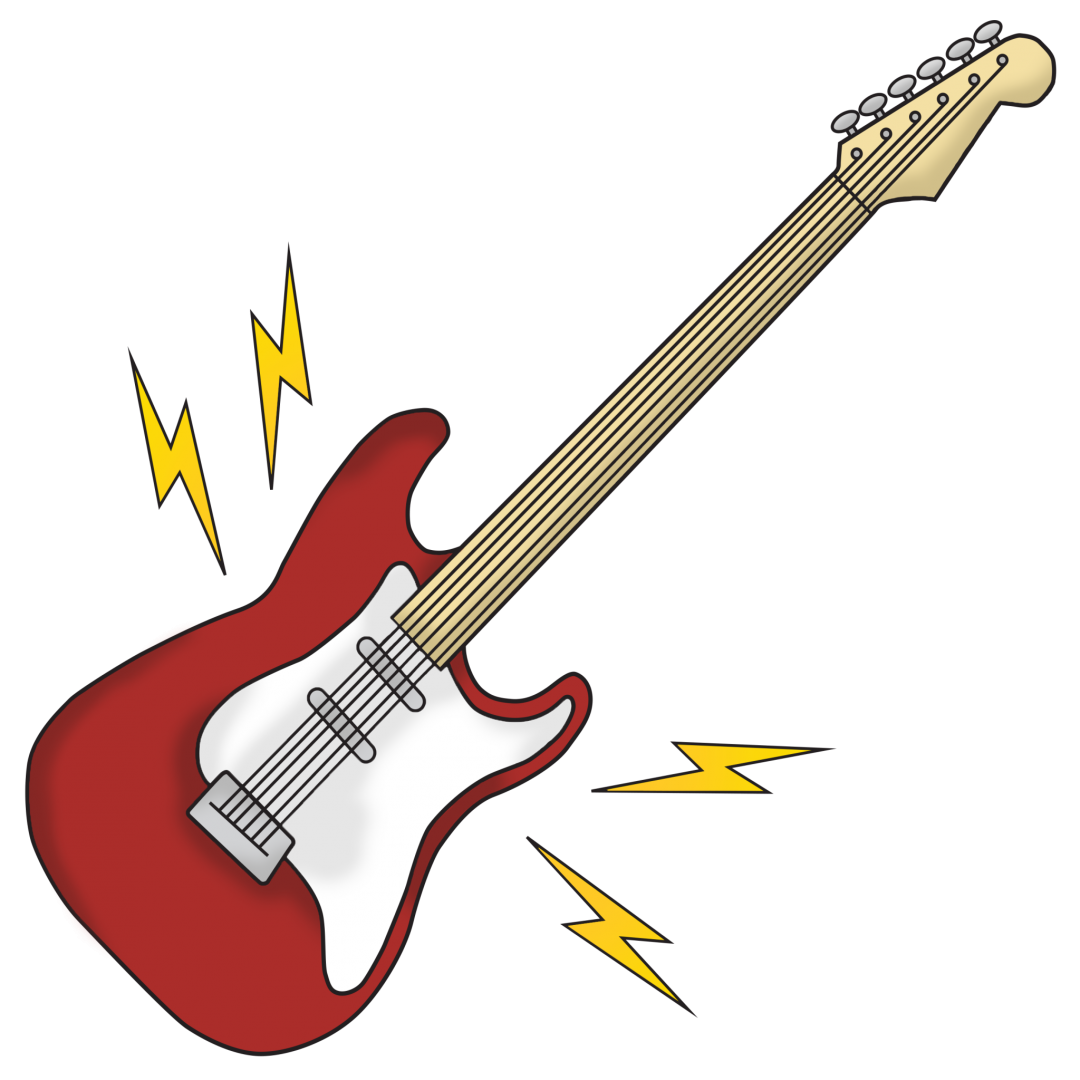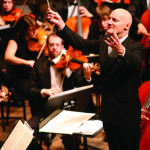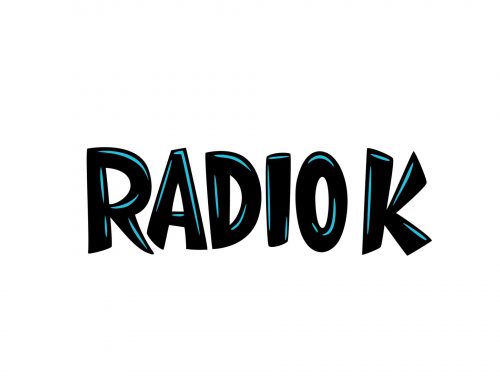
Does the Guitar Still Gently Weep?
Guitar solos: need a comeback or out-of-style forever?
For much of popular rock music’s storied history, guitar solos have been an essential part of most songs’ mix and personality. In the mid-1950s, songwriter Chuck Berry preferred to swing his axe during instrumental breaks, making it a rock ‘n’ roll staple. Complicated, pyrotechnic soloing would become increasingly prevalent thanks to prolific guitarists like Jimi Hendrix in the ‘60s, and the popularization of heavy metal in the ‘70s and ‘80s.
Over the last decade, according to University of Minnesota musicology professor Alex Lubet, more mainstream musicians—urged along in part by beat-mad millennials—have begun to abandon standard instrumentation in favor of computer-generated sound. Concurrently, the guitar solo is less played and celebrated, leading many of today’s best-known guitarists to search for ways to ride the digital wave.
“Guitarists are not just seeing who can play the instrument faster,” explains another U of M musicology professor Peter Mercer-Taylor. “There are people who are sort of expanding the sonic vocabulary of the guitar much more than they are expanding the technique.”
Matthew Bellamy of the alternative rock band Muse, for instance, uses touchpads on the face of the guitar to create distorted rhythmic stutters that add texture and fuzziness to dubstep-inspired tracks like “Madness.” Tosin Abasi of the progressive metal band Animals as Leaders plays a nine-string guitar, allowing him to simultaneously generate both bass and treble. Rap metal group Rage Against the Machine’s Tom Morello frequently uses the feedback that comes from his amplifiers to give his sonic landscapes more texture and depth.
The results, while sometimes unorthodox and even atonal, can be as memorable as any lightning-fast run up and down the fret. And they promise to keep the guitar relevant for generations to come. As Mercer-Taylor puts it: “The guitar moves along.”










